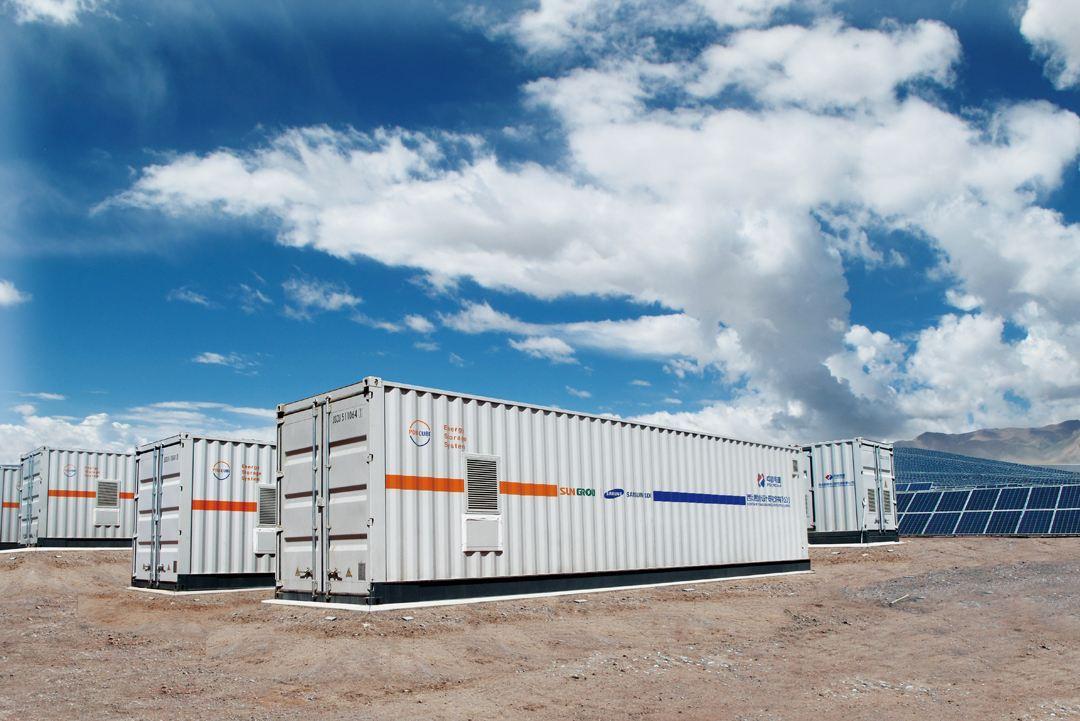Low Temperature Response Strategies for Energy Storage Systems
As winter arrives and temperatures dip to their lowest levels of the year, the severe cold not only tests human endurance but also presents a serious challenge to the performance of energy storage systems. This is especially true for storage cabinets installed outdoors. Ensuring their stable operation under harsh weather conditions has become a key concern for power plant operations.
Challenges Faced
The main challenges that cold weather poses to the stable operation of energy storage cabinets can be summarized in two aspects:
1. Significant Decline in Battery Performance
In cold environments, the chemical reaction rate inside the battery slows down significantly. This directly leads to a substantial reduction in the battery's storage capacity, while the charge and discharge efficiency also declines sharply. Since the activity of chemical reactions is closely related to temperature, low temperatures slow down ion conductivity, thus affecting the overall performance of the battery.
2. Increased Failure Rate of Energy Storage Systems
Electronic components are highly sensitive to temperature fluctuations. Cold temperatures can cause changes in the physical properties of these components, affecting their stability and durability. Moreover, humidity fluctuations are another critical factor. They can cause condensation inside the energy storage cabinet, leading to short circuits and other faults, which in turn increases operational costs and safety risks.
Low Temperature Response Strategies
To address the challenges of winter's low temperatures, energy storage systems must take measures in areas such as insulation, temperature control, and protection levels, ensuring stable operation even under extreme environmental conditions.
1. Enhance Insulation of Energy Storage Cabinets to Reduce Internal-External Heat Exchange
To effectively improve the efficiency and prolong the service life of the energy storage system, the following measures can be implemented:
- (1) Use high-performance insulation materials for the device's shell, such as aerogels, vacuum insulation panels, or multi-layer reflective insulating materials, to reduce the rate at which heat is lost from the internal environment of the device to the external environment through conduction, convection, and radiation.
- (2) Seal the device's interfaces and gaps using elastic sealing strips or high-temperature-resistant silicone sealant to prevent cold air from entering and internal heat from escaping.
2. Implement Efficient Temperature Control Systems to Maintain Optimal Operating Temperatures
An efficient temperature control system is key to ensuring the stability of battery performance and extending their lifespan. Given that external temperatures fluctuate continuously, the energy storage system should be equipped with advanced temperature sensors and intelligent control algorithms. These systems should be capable of monitoring the temperature distribution of battery modules in real-time and automatically adjusting cooling or heating strategies based on environmental changes, keeping the batteries within the optimal temperature range.
3. Improve Equipment Protection Levels to Prevent Condensation
In regions with frequent snow and rain during winter, the equipment faces the challenge of condensation caused by humid environments. By adopting higher IP (Ingress Protection) protection ratings for the outer shell design, the system can effectively prevent the intrusion of dust and water. Additionally, installing internal dehumidification devices, such as desiccants or integrated dehumidification systems, can actively absorb moisture within the equipment and reduce the risk of condensation.
Conclusion
In conclusion, implementing comprehensive low-temperature response measures for energy storage systems is crucial for their stable operation during the cold winter months. By enhancing insulation, improving temperature control, and increasing protection levels, energy storage systems can maintain optimal performance even in harsh climatic conditions.
Next:Guide to Industrial and Commercial Energy Storage Construction: Key Considerations for Access Voltage Selection
Previous:1.2GWh! China Largest Single-phase Wind-Solar-Thermal-Hydrogen-Storage Project Successfully Grid-Connected
